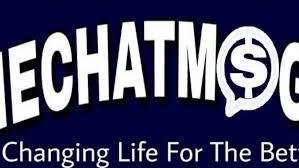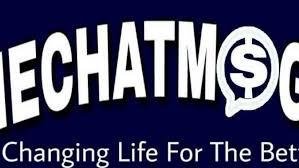Two primary formats of image, vector and raster, are at play when it comes to the design of digital interfaces. These two formats carry their own sets of strengths and technical challenges in terms of how they impact both the design process and the output. For ready-to-use accessible icons, visit IconFair.
What Are Vector Icons?
Vector icons are composed of paths generated by mathematical equations. This means that the path can be scaled to infinity without losing any detail, which is the reason why vector icons are often ideal for responsive web and app design. The most popular file formats for vector icons are SVG, EPS, and PDF.
Technical Challenging of Vector Icons
-
Complexity in Design: While vector icons offer flexibility, creating intricate designs can be technically challenging. Highly detailed icons may require complex mathematical paths, which could slow down the rendering process or complicate edits.
-
Browser Compatibility: Although modern browsers support SVGs, some older browsers and systems may not render vector icons as intended.
What Are Raster Icons?
Raster icons are made up of pixels, with each pixel representing a color in the image. Common raster formats include PNG, JPEG, and GIF. Unlike vector images, raster icons lose quality when resized, especially when scaled up.
Technical Challenges of Raster Icons
-
Resolution Dependency: Raster icons are resolution-dependent, meaning their quality diminishes when resized beyond their original dimensions. This can be a major issue for responsive designs where icons need to scale for various screen sizes.
-
Larger File Sizes: Raster files, especially those with high resolution and detailed designs, can be large, which may affect load times and overall app performance. Managing large raster files can also be cumbersome, particularly for mobile applications that need to optimize memory usage.
When to Use Vector Icons vs. Raster Icons
Choosing between vector and raster icons depends on the specific needs of your project. Here are some key considerations:
Use Vector Icons When:
-
Scalability is Important: If your app or website needs to scale icons across different screen sizes and resolutions (e.g., mobile apps, websites, or responsive designs), vector icons are the best choice due to their scalability and flexibility.
-
File Size is a Concern: Vector icons tend to have smaller file sizes, making them a great option for projects where performance and load times are priorities.
Use Raster Icons When:
-
High Detail is Required: If your icon design involves complex textures, gradients, or intricate details, raster icons may be more appropriate since they allow for more detailed rendering.
-
Consistency Across Platforms: If you need to ensure that your icons look exactly the same across all devices, raster icons may be a safer choice, as they are universally compatible.
Conclusion
Both vector and raster icons have their place in design, and understanding the technical challenges of each format is crucial for making the right decision. Vector icons are highly scalable, lightweight, and flexible, but they may face challenges with complex designs and browser compatibility. On the other hand, raster icons provide rich detail and compatibility but come with issues related to scalability and file size.
If you’re looking for high-quality icons for your project, check out IconFair’s extensive icon packs that include both vector and raster formats to meet your design needs.



